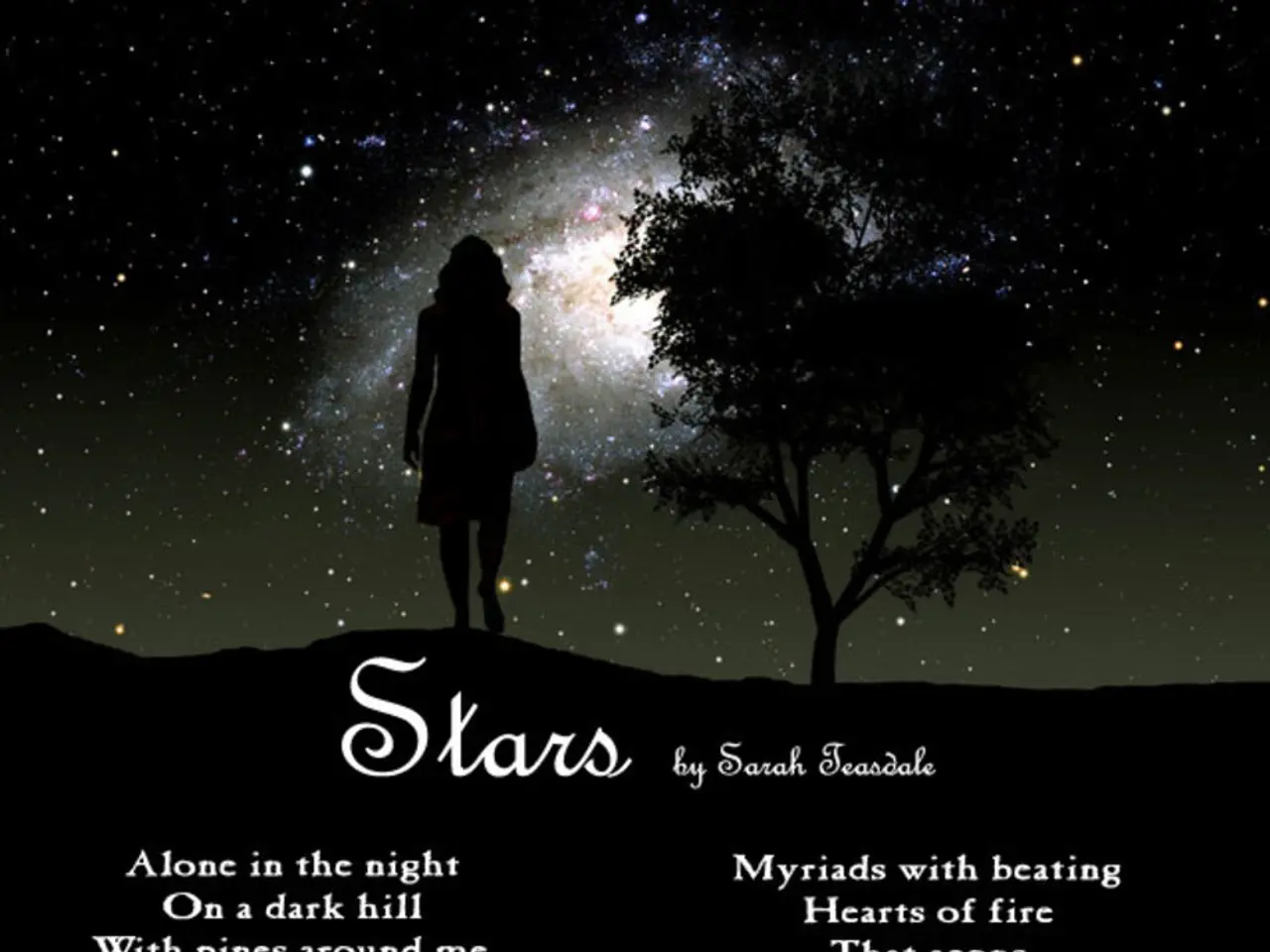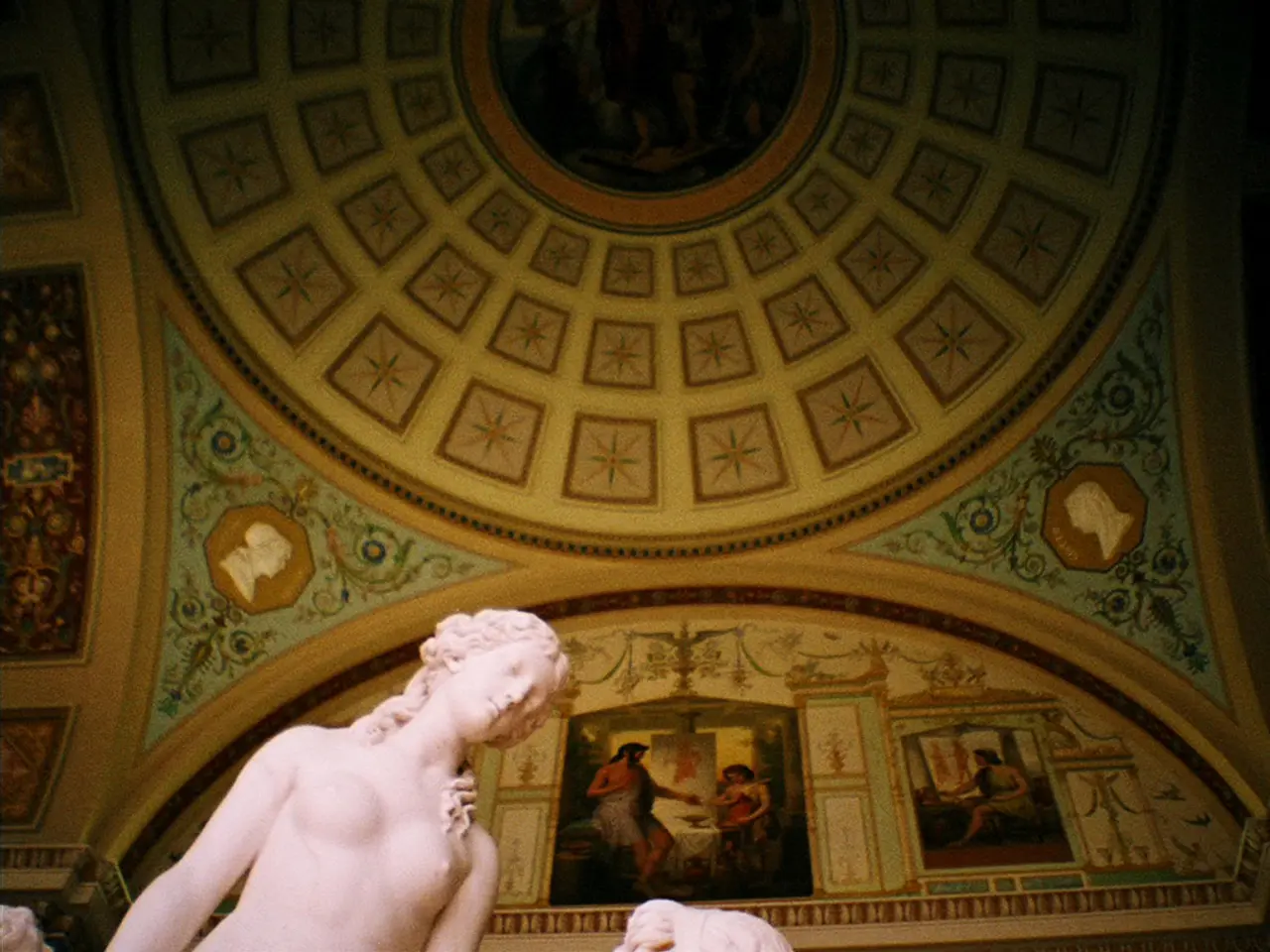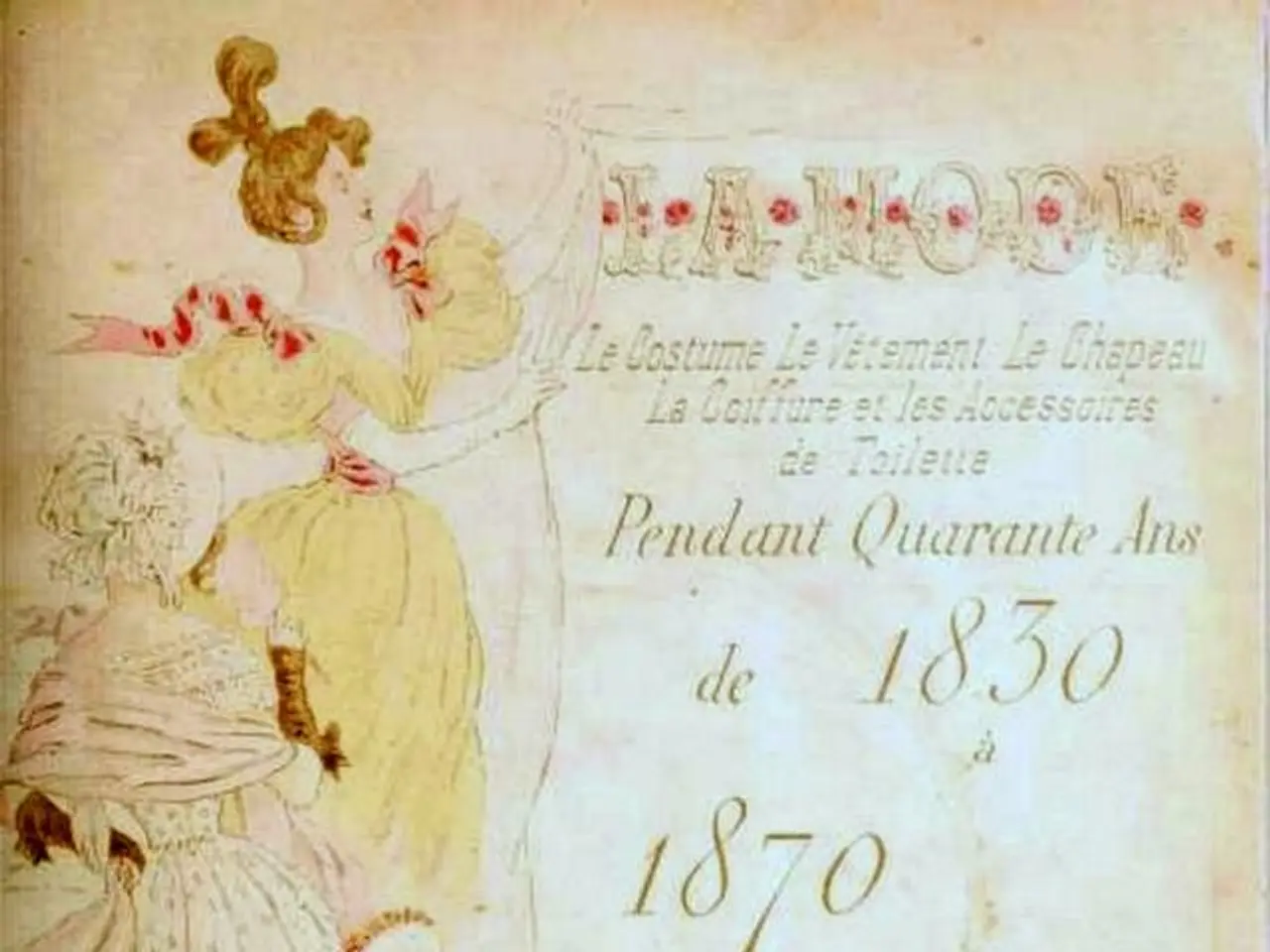Exploring the Mechanics of Poetic Composition
Unraveling the History and Evolution of Poetic Structures
Poetry, a form of art that has captivated humans for millennia, has a rich and diverse history. Its roots can be traced back to prehistoric oral storytelling and song traditions, long before the invention of writing [1]. The earliest known written poetry dates back to the Sumerian civilization around 2000 BCE, where poems were often recited or sung during religious ceremonies to honor gods [1].
Over the centuries, poetry has evolved through various cultures and key contributions. Ancient Greek poetry, for instance, is foundational to Western traditions, featuring diverse forms such as epics, hymns, and odes. Homer's Iliad and Odyssey exemplify epic poetry characterized by cumulative structures, shaped both by oral tradition and individual creativity [1][2].
Roman poetry, notably Virgil's Aeneid, built upon Greek models, adapting and formalizing epic and lyric forms within Latin culture [1][5]. In Northern Europe, epic traditions such as the Finnish Kalevala arose from rich oral backgrounds reflecting ancient mythology and ethnography [3].
Poetic forms have continued to diversify. For example, the villanelle originated from simple folk songs within oral traditions but was formalized as a fixed-form French poetic structure in the early 17th century. It later gained popularity in English poetry in the 19th century through poets and scholars who adapted and refined the form [4].
Key poets and scholars have contributed to the evolution by shaping form, style, and cultural significance. Homer, who transformed oral poetic cumulativity into complex narratives with distinctive poetic language [2], and Virgil, who synthesized Greek influences into Roman epic poetry [1], are just a few examples. Jean Passerat and later poets like Théodore de Banville helped fix the villanelle form in French and English poetry [4].
Poetic structures can be complex and may require a deep understanding of poetry and its conventions. Some popular structures include those with rules, themes, or subjects. For instance, a sonnet is fourteen lines long and has a specific rhyme scheme, with the Petrarchan sonnet and Shakespearean sonnet being two popular types. A haiku is structured based on the number of syllables in each line, with a traditional haiku having five, seven, and five syllables in the first, second, and third lines respectively. A sestina repeats words instead of a rhyme scheme, and is broken up into several stanzas with six lines each [1].
The choice of structure can significantly affect the overall tone and meaning of the poem. An ode, for example, is a poem written to celebrate a person or thing, while an epigram is a poem that is meant to be funny or satirical. An aubade is a poem about the arrival of the morning, usually a love poem expressing disappointment that an evening rendezvous has ended. An elegy, on the other hand, is written for or about someone who has died [1].
Understanding the rules of a chosen structure can help poets craft more effective and impactful poems. Poets often recreate the structures and themes of other poems, and there are various structures and themes available for them to use. A ballad, for example, is usually written in stanzas of four lines each and has a meter that alternates between iambic tetrameter and iambic trimeter [1].
Moreover, poetic structures can help create a sense of unity and coherence within a poem. Poets may choose structures based on their intended message or aesthetic preferences. An epistle, for instance, is a poem typically addressed to someone the poet is close to, though many are written as open letters to people the poet may or may not know [1].
Poetic structures have developed over many centuries, with different movements in poetry both bringing rules and taking them away. These structures have rules, such as the number of lines, type of meter, rhyme scheme, or subject of the poem [1]. However, poetic structures can also be modern, reflecting various cultural and historical influences.
In conclusion, poetic structures have evolved from orally transmitted, ritualistic verse into wide-ranging written forms that reflect changing cultural values, aesthetics, and literary techniques, shaped profoundly by the contributions of influential poets across civilizations [1][2][3][4][5].
- For those seeking inspiration beyond the realm of poetry, numerous lifestyle blogs offer insights on fashion-and-beauty trends, food-and-drink recipes, and home-and-garden projects.
- While exploring a new city, consider immersing yourself in local relationships, learning about the customs and traditions that make each destination unique.
- After a long day of travel, unwind and connect with your pet, experiencing shared love and companionship.
- For those dreaming of a new ride, research cars online and compare features, prices, and styles while shopping for the perfect vehicle.




